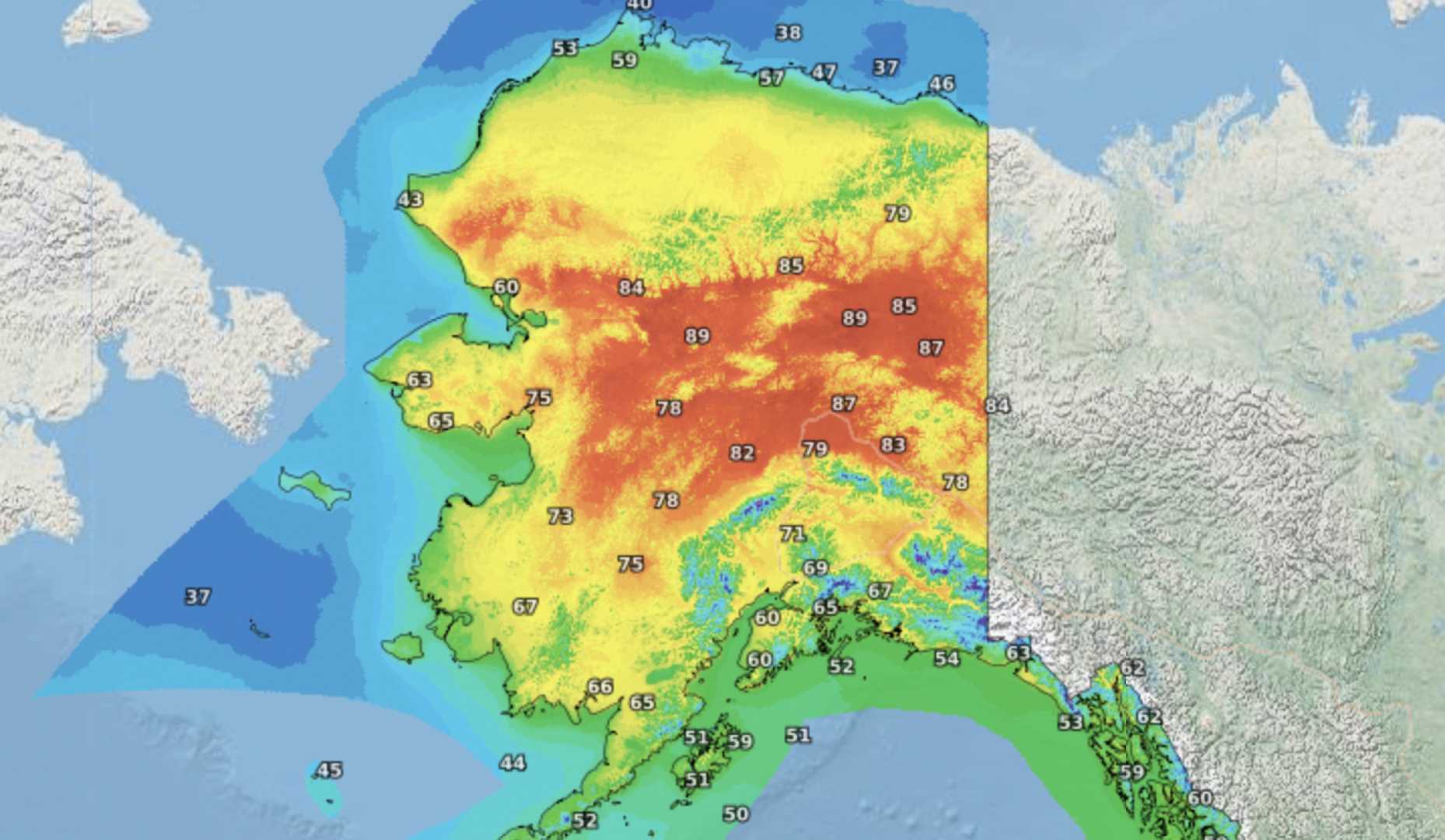News
Alaska Issues First Heat Advisory Amid Rising Temperatures

ANCHORAGE, Alaska – For the first time, Alaska is under a heat advisory, which was issued this past Sunday and will remain in effect until Tuesday evening. Temperatures are expected to rise between 85 and 87 degrees, a notable increase for the typically cooler region.
This historic advisory marks a milestone for the National Weather Service (NWS) in Alaska, as it is the first of its kind for any area of the state, highlighting a significant change in weather patterns. Other regions of Alaska are also facing Red Flag warnings due to dry conditions accompanied by prolonged heat.
While this may seem mild to residents of warmer climates like Central Florida, it signifies a drastic shift for Alaskans. The record high temperature in the state currently stands at 100 degrees, recorded in 1915, with Fairbanks reaching up to 96 degrees in 1969 and Anchorage hitting 90 degrees in 2019.
One key factor prompting the issuance of the heat advisory is a change in the criteria used by the NWS. Previously, offices in Alaska reported elevated temperatures using Special Weather Statements (SWS). Now, they are adopting the more universally recognized heat advisory system that is standard across the U.S.
Mike Bower, a meteorologist with the NWS, explained the rationale behind this decision. “With the trend of rising temperatures in Alaska, we felt it was time to adopt a more effective way to communicate these warnings,” he said. The advisory helps residents understand the potential health risks associated with increased temperatures.
In Central Florida, residents have yet to experience similar heat advisories, but forecasters warn that this could change as summer approaches. The NWS aims to provide clearer communication to ensure the safety of residents.
As climate change continues to impact weather patterns, Alaska is seeing an increase in days with higher temperatures, becoming a more routine part of the weather forecast. This shift reflects broader trends in climate behavior across the nation.












